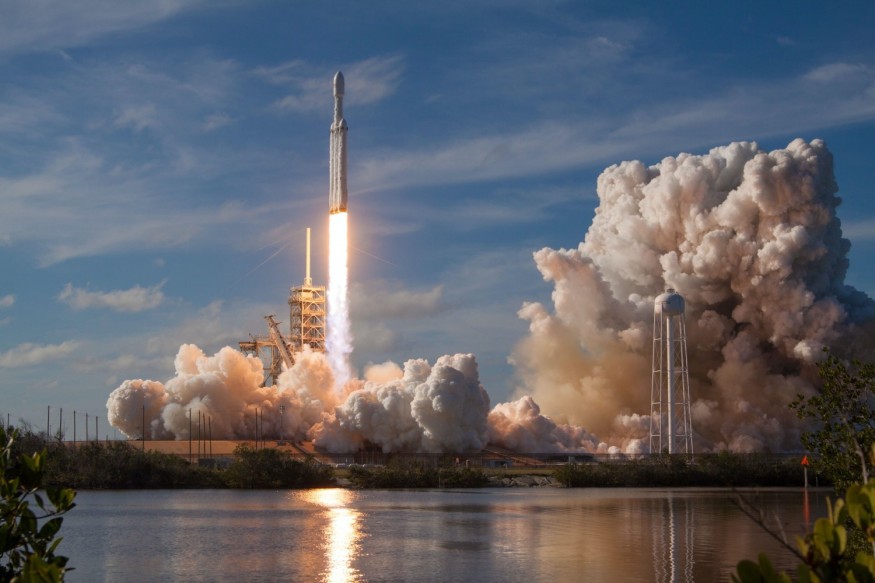Since the 1970s, China has launched military, robotic, and human missions into space, making it one of the major spacefaring nations. In a recent milestone, China's commercial space sector demonstrated another success by introducing its first reusable rocket.

Successful Flight Test
On December 10, Chinese commercial launch startup Beijing Interstellar Glory Space Technology Co. (i-Space) successfully executed the second flight test mission of its SQX-2Y. This test vehicle used a liquid oxygen/methane combo for fuel and was designed to verify reusable carrier rocket technology.
The mission was conducted at the Jiuquan Satellite Launch Center, where the test flight ascended to 1,125.7 feet (343.12 meters). The flight lasted for 63.15 seconds, during which the rocket achieved a target lateral displacement of 164 feet (50 meters). It also demonstrated remarkable precision with a landing position accuracy of about 11.6 inches (0.295 meters).
The rocket also showcased a roll angle of about 4.4 degrees, a landing attitude angle of approximately 1.18 degrees, and a landing speed of 1.1m/s. It touched down smoothly and was safely restored, marking an achievement in China's space endeavors.
SQX-2Y rocket had its first successful completion of a vertical takeoff and landing test on November 2. It was recovered and refurbished easily in just a few days until it was launched for the second time.
The second flight provides more data from different systems, which is important to make reusable launch vehicles fly more often and more efficiently. The data will also be helpful in the company's goal to develop a larger reusable launch vehicle named Hyperbola-3.
The successful second-flight test mission of the SQX-2Y rocket marks China's first reusable rocket flight, demonstrating several key capabilities. First, it proved that the vehicle can be rapidly reused after a vertical takeoff and landing. Second, it showed the dependability of the rocket's technology for returning and landing at low altitudes.
As the mission highlighted the streamlined process and standards for inspecting the reusable rocket, it underscored its reliability and adaptability for repeated flights under different conditions. Additionally, the test showed the possibility of maintaining the rocket with minimal effort, enabling frequent flights within a short period. Lastly, the system's success demonstrated its effectiveness in handling the rocket recovery area.
READ ALSO : Chinese Rocket Landed Vertically at Sea, Developing the Country's Sovereign Reusable Rocket Capability
SpaceX Wannabe
i-Space is a high-tech startup that focuses on the research and development of launch vehicles and space crafts and is committed to being the pioneer of global aerospace enterprises. It is often compared to Elon Musk's SpaceX due to its success in vertical landing after heavy lifting.
This private firm is behind SpaceX since it has yet to orbit or carry a payload, but it is progressing. In 2019, it became the first private Chinese company to reach orbit with the solid-fueled Hyperbola-1 rocket. It also hopes to launch the first Model 3 in 2025 and conduct ten launches a year by 2030.
Despite being new in rocket development, the company has demonstrated that innovation and progress in the space industry are not limited to established agencies and well-known private entities.
RELATED ARTICLE : SpaceX, Blue Origin, and Virgin Galactic's Reusable Rocket Technology Worsens Pollution in the Atmosphere, Study Claims
Check out more news and information on Reusable Rocket in Science Times.










